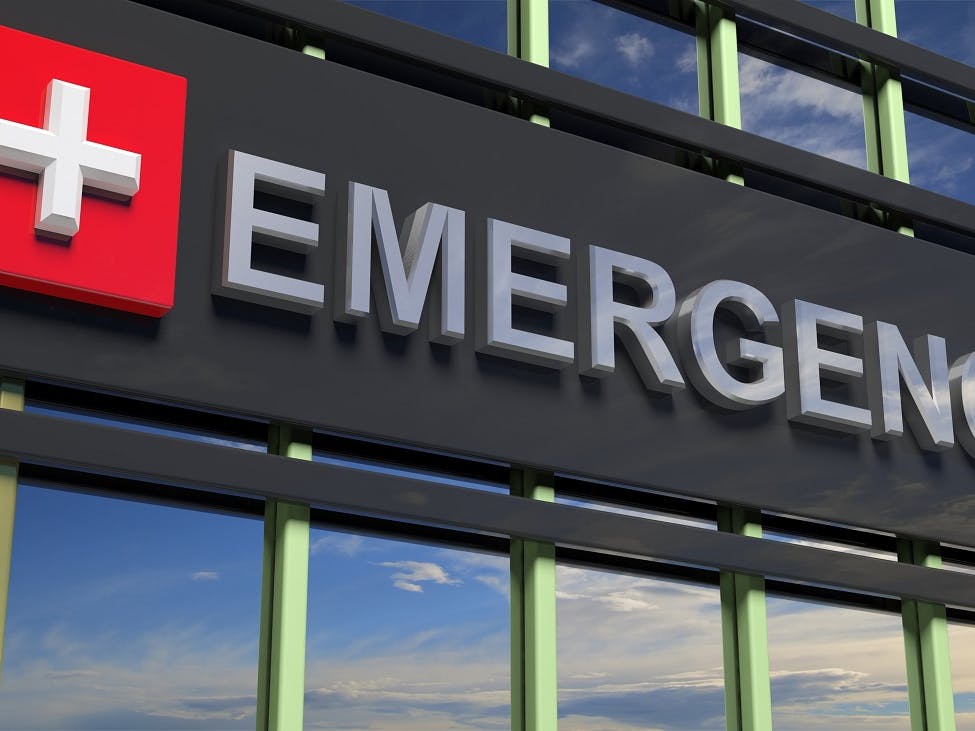
For those who qualify, there are multiple ways to have your Medicare Part B premium paid.
In 2023, the standard Medicare Part B monthly premium is $164.90. Beneficiaries also have a $226 deductible, and once they meet the deductible, must typically pay 20% of the Medicare-approved amount for any medical services and supplies.
These Part B costs can add up quickly, which is why many beneficiaries search for a way to lower or be reimbursed for these expenses. The good news is they have options that can help maximize their savings while on Medicare.
The Medicare giveback benefit, or Part B premium reduction plan, is becoming more available and popular among beneficiaries. Medicaid also offers programs that pay your Part B premium if you meet certain qualifications, and some retiree health plans may offer reimbursement benefits.
Read on to learn about Part B savings options that you may be able to take advantage of.
What is the Part B premium reduction benefit?
The giveback benefit, or Part B premium reduction, is when a Part C Medicare Advantage (MA) plan reduces the amount you pay toward your Part B monthly premium. Your reimbursement amount could range from less than $1 to the full premium amount, which is $164.90 in 2023.
While you don't technically get money back, you do pay the reduced premium amount, which keeps dollars in your wallet. If your premium comes out of your Social Security check, your premium payment will reflect the lower amount. Please note that it could take the Social Security Administration (SSA) up to 3 months to process your premium rebate. After that time, you'll see an increase in your check amount.
If you don't pay your monthly Medicare Part B premiums through Social Security, the giveback benefit would be credited to your monthly statement. Instead of paying the full $164.90, you'd only pay the amount with the giveback benefit deducted.
For example, if you typically pay $164.90 per month, but your MA plan's giveback benefit is $50, you don't get $50 back each month. Instead, you'd only pay $114.90 per month (the standard Part B premium minus your $50 giveback benefit). If your plan offers a full $164.90 refund, you wouldn't have a Part B monthly premium to pay.
How do I qualify for the Part B premium giveback benefit?
You may qualify for a premium reduction if you:
- Are enrolled in Medicare Part A and Part B
- Do not already receive government or other assistance for your Part B premium
- Live in the zip code service area of a plan that offers this program
- Enroll in an MA plan that provides a giveback benefit
This means anyone with Medicaid or other forms of assistance that pay the Part B premium cannot enroll in one of these Medicare Advantage plans.
How to find plans that offer the giveback benefit
Not all MA plans offer this benefit, so you must find a plan that does in order to take advantage of the opportunity. In 2023, these plans are offered in nearly all states, so you may find one close to you.
If you enroll in a plan that offers a giveback benefit, you'll find a section in the plan's summary of benefits or evidence of coverage (EOC) that outlines the Part B premium buy-down. Here, you'll see how much of a reduction you'll get. You can also call us toll-free and one of our knowledgeable, licensed agents will answer your questions and explain your options.
Other Part B reimbursement options
There are other ways you can lower or eliminate how much you pay for the Medicare Part B premium. This includes certain Medicaid programs or benefits from some retiree health plans.
Medicaid Part B reimbursement options
In an effort to promote access to Medicare coverage for low-income adults or those with disabilities, the Centers for Medicare & Medicaid Services (CMS) developed a program to help dually eligible individuals with Part B costs. If you're dually eligible, it means you have both Medicare and Medicaid.
If you qualify, your state will enroll you in Medicare Part B and pay the full Part B premium on your behalf.
In 2019, states paid the monthly Part B premiums for more than 10 million individuals, helping them afford healthcare and enroll in Medicare while freeing up their funds for other necessities. This buy-in ensures Medicare is the primary payer for Medicare-covered services for eligible beneficiaries, helping to reduce overall state healthcare costs.
Retiree health plan Part B reimbursement options
If you're retired and have Medicare and retiree group health plan coverage from a former employer, Medicare typically pays first for your medical bills and your retiree plan would pay the remaining amount.
Some of these retiree plans offer a Part B reimbursement to eligible enrollees. Each retiree plan has different eligibility requirements, so check with your plan to understand your options. However, for most plans you must be a retired employee or already enrolled in the health plan and be enrolled in Medicare Part B.
You may be reimbursed the full premium amount, or it may only be a partial amount. In most cases, you must complete a Part B reimbursement program application and include a copy of your Medicare card or Part B premium information.
Medicare Savings Programs
Finally, there are four Medicare Savings Programs for people who have limited income and resources but who earn too much to qualify for Medicaid. They are:
- Qualified Medicare Beneficiary Program (QMB)
- Specified Low-Income Medicare Beneficiary Program (SLMB)
- Qualifying Individual Program (QI)
- Qualified Disabled and Working Individuals Program (QDWI)
Each program has different guidelines and benefits. As a general guideline, though, your income must be within 135% of the federal poverty rate.
Full details about the Medicare Savings Programs are available on Medicare.gov.
Additional Resources
Your Medicare Part B Costs
External Website Link
How to Get $148 Back from Medicare
Internal Website Link
Medicare Savings Programs
External Website Link
Frequently Asked Questions about Medicare Part A and B "Buy-in"
External Website Link
Speak with a Licensed Insurance Agent
Mon-Fri 8:00am-8:00pm | Sat 9:00am-5:00pm EST



